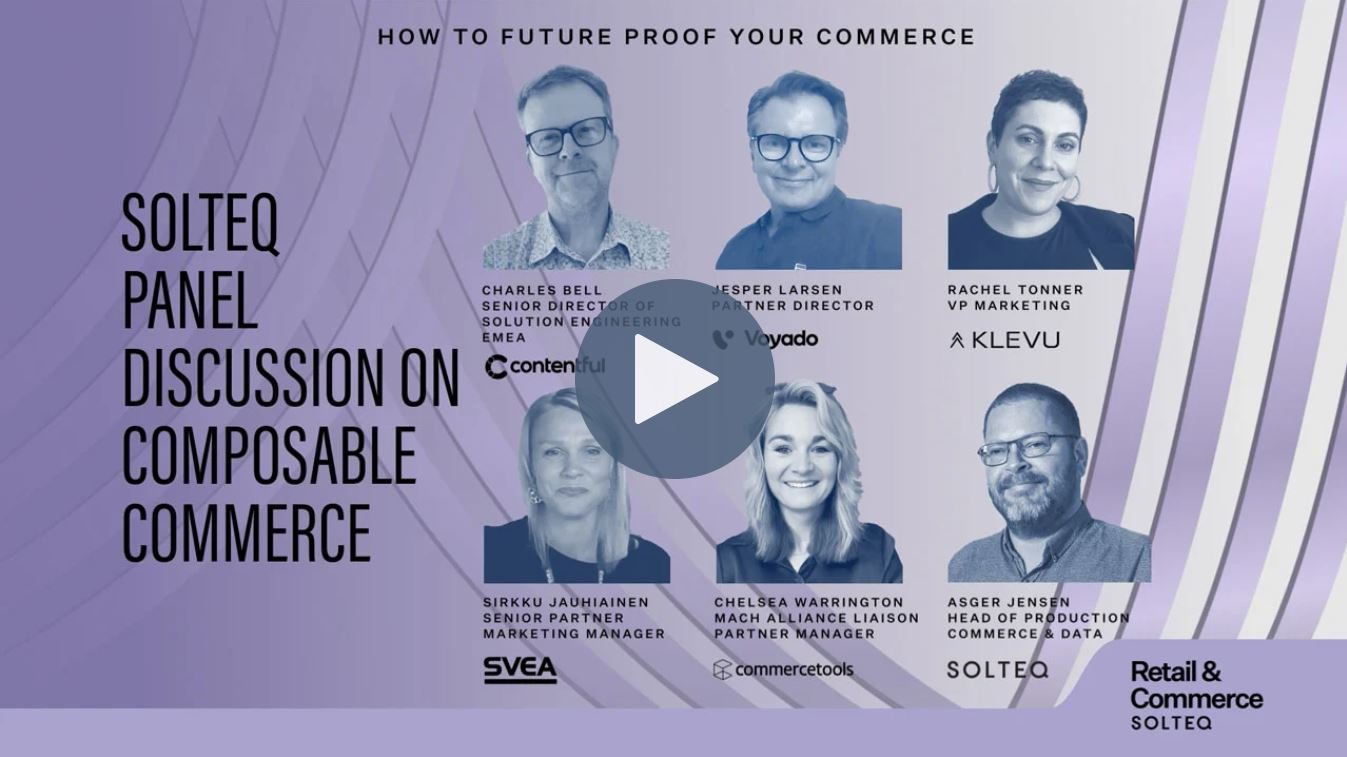What is personalization? Does it mean the red shoes that seem to follow me to every site after I’ve viewed them once in an online store? That’s the question we at Frosmo often get when starting the discussion about website personalization. The first thought of personalization is often related to retargeting, a form of online advertising which keeps the product in front of a visitor that has left your site. In this post, we are focusing on personalizing the experience while a visitor is on your website. These principles apply to all sites, let it be commerce, media, public sector or any other site serving different types of visitors.
According to Gartner, “Personalization is a process that creates a relevant, individualized interaction between two parties designed to enhance the experience of the recipient. It uses insight based on the recipient's personal data, as well as behavioral data about the actions of similar individuals, to deliver an experience to meet specific needs and preferences.” As availability and processing options for data increase so increase website visitors’ expectations for relevant experience.
Depending on the industry, the business objectives for personalization vary. In retail the top four we see are the cost of customer acquisition, conversion rates, average order value, and loyalty. With our customer Clas Ohlson we managed to improve their ultimate conversion rates by 13% with improvements to the checkout funnel and a 14% increase in basket value by ensuring people added enough items to qualify for free shipping, for example.
In principle the personalization process is simple: take data on visitor’s behavior and preferences, run it through a personalization software and see your conversions and customer loyalty go up. Not forgetting to check GDPR compliance, of course.
How do I get started?
We’ve all seen this at Amazon: “Customers who viewed this item also viewed”. In addition to product or content recommendations personalization can take many other formats. We always advise on starting with your business objectives, then think 20/80, can I achieve 80% of effect with 20% of cause? Continuous improvement and plan-do-check-act (Deming cycle) were introduced as methods for quality management, and the same principles apply here. It’s recommended to track the performance and influence of personalization and implement continuous optimization as a way of working from the beginning.
Next I have two simple examples from retail and media of how to get from a business objective to targeted and personalized experience.
Retail example of a business objective: I want to improve conversions from my seasonal campaigns. Solution: Personalize the experience beyond the landing page and beyond the first visit for visitors coming through the campaigns. Keep on reminding them on campaign-specific benefits or call to actions through their journey. We often see that a campaign wakes the interest of a visitor, and when they return it’s through the home page and that should offer the same personalized experience.
Media example: I want visitors coming through search engine to an article page reading more than one article and seeing relevant promotional content. Solution: Use artificial intelligence to select the best possible next content mixed with targeted promotional messages.
A word of warning: don’t overdo it.
Especially product recommendations on retail sites are so highly effective, that sometimes we see the entire front or product page being crowded with different types of recommendations. Unfortunately, this dilutes the value and relevance of recommendations. Also, make sure that you don’t only optimize for conversions, but consider the overall experience and brand expression as well.
Key takeaways on how to get started:
- Clear business goals for the personalization process
- Start small and use a data-driven approach
- Combine rule-based personalization with machine learning
- Continuously experiment and optimize.









